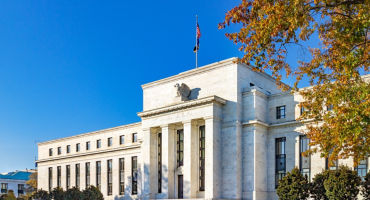Our latest view and potential market implications
By way of comparison and context, consider the US, where the labor market remains very resilient. Recent policy rhetoric suggests that the US Federal Reserve (Fed) is rethinking its trend-growth estimates (i.e., significantly lower than previously thought), given the lack of increases in labor force supply and productivity. At present, the US economy appears to be further above trend than the Fed previously assumed, making even more policy tightening likely to be necessary to get inflation sustainably down toward the Fed’s 2% target. To that end, the Fed may be inclined to hold rates “higher for longer” and project a higher terminal federal funds rate, even if it signals a slower pace of rate hikes ahead.
As a result, we think the pressure on the BoJ to at least “tweak” its monetary policy strategy relatively soon will keep building. In the absence of such a change in policy, the yen will likely continue to depreciate going forward. On inflation, the consensus view right now is that putting in place heavy energy regulations/subsidies and food import controls would help to keep inflation in Japan lower versus its global peers. However, should the yen stay weak for an extended period of time, Japan’s inflation might prove stickier at higher levels, due in large part to imported inflation (whereby elevated prices for imported commodities cause a country’s overall inflation to rise).






















